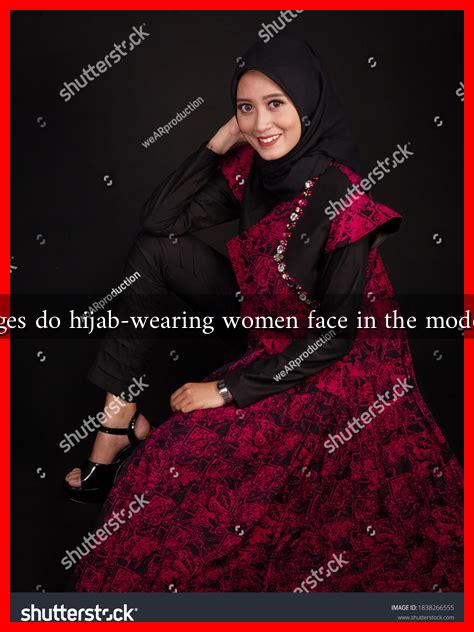-
Table of Contents
What Challenges Do Hijab-Wearing Women Face in the Modeling Industry?
The modeling industry has long been a platform for self-expression, creativity, and beauty. However, for hijab-wearing women, this world presents a unique set of challenges that often hinder their participation and success. As the fashion industry evolves, it is crucial to understand the barriers these women face and the implications for diversity and representation in modeling.
Societal Perceptions and Stereotypes
One of the most significant challenges hijab-wearing women encounter in the modeling industry is societal perception. Many people hold preconceived notions about what beauty looks like, often excluding those who do not fit the traditional mold. This can lead to:
- Discrimination: Hijab-wearing models may face bias from agencies, designers, and clients who are not accustomed to seeing modest fashion represented in mainstream media.
- Stereotyping: There is a tendency to stereotype hijab-wearing women as oppressed or less fashionable, which can limit their opportunities in the industry.
- Tokenism: When hijab-wearing models are included, it is often as a token gesture rather than a genuine effort to embrace diversity.
Limited Opportunities and Representation
Despite the growing demand for diversity in fashion, hijab-wearing women still find themselves underrepresented in modeling. This lack of representation can be attributed to several factors:
- Fewer Modeling Agencies: There are limited modeling agencies that specifically cater to hijab-wearing women, making it challenging for them to find representation.
- Fashion Shows and Campaigns: Many high-profile fashion shows and campaigns do not include hijab-wearing models, which perpetuates the cycle of exclusion.
- Market Demand: Brands may hesitate to hire hijab-wearing models due to concerns about market demand, fearing that their target audience may not resonate with modest fashion.
Balancing Cultural Identity and Professional Aspirations
For many hijab-wearing women, the decision to model is not just about pursuing a career; it is also about expressing their cultural identity. This can create a complex dynamic where they must navigate their personal beliefs while striving for professional success. Key challenges include:
- Maintaining Modesty: Many hijab-wearing models prioritize modesty in their clothing choices, which can limit the types of modeling gigs they can accept.
- Pressure to Conform: There may be pressure from the industry to conform to Western beauty standards, which can conflict with their cultural values.
- Support Systems: Finding mentors and role models within the industry who understand their unique challenges can be difficult.
Case Studies: Breaking Barriers
Despite these challenges, several hijab-wearing models have successfully carved out a niche for themselves in the industry, serving as inspirations for others. Notable examples include:
- Halima Aden: The first hijab-wearing model to sign with a major modeling agency, Aden has walked for brands like Yeezy and has been featured in Vogue. Her success has opened doors for other hijab-wearing women in fashion.
- Ikram Abdi Omar: A Somali model who has gained recognition for her work in both high fashion and commercial modeling, Omar emphasizes the importance of representation and diversity in the industry.
Conclusion: The Path Forward
The challenges faced by hijab-wearing women in the modeling industry are multifaceted, stemming from societal perceptions, limited opportunities, and the struggle to balance cultural identity with professional aspirations. However, as the fashion world continues to evolve, there is hope for greater inclusivity and representation. Brands and agencies must recognize the value of diversity and actively seek to include hijab-wearing models in their campaigns and shows.
By fostering an environment that celebrates all forms of beauty, the modeling industry can not only empower hijab-wearing women but also enrich the fashion landscape as a whole. As more individuals and organizations advocate for change, the future looks promising for those who wish to express their identity through modeling.
For further reading on diversity in fashion, you can explore resources from organizations like Fashion for Relief.

